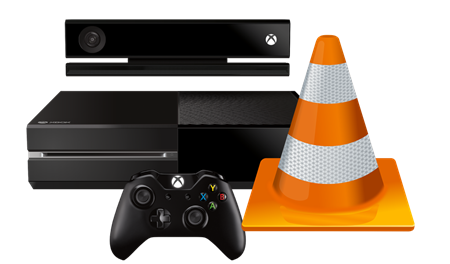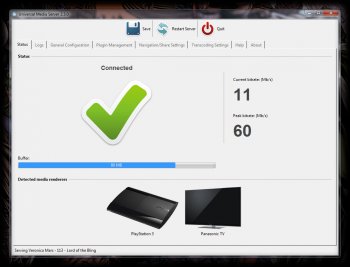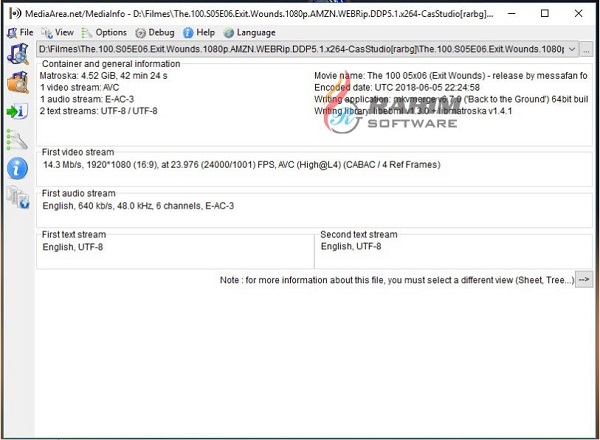

In many ways it offers our most advanced UI and features. The web interface can be accessed anywhere within your local network, including on computers and renderers. Now you can either create a playlist by clicking the plus icon to the immediate right of the input box, or you can push the file to your renderer by clicking the play icon just above the middle of the input box, which will start it playing on your renderer.Be sure to check for firmware/software updates to your renderer as they may have added support for it. If you do not see the player controls in this window, your renderer does not support this functionality.


Click on the renderer image to open the control panel.In this case it is the Panasonic VIERA VT60 Series TV. Open the UMS UI and identify the renderer you want to push media to.The UMS interface itself has the ability to "push" media to renderers if they support the UPnP feature. 2: Push from the UMS interface to a renderer The implementation of this varies greatly per renderer, but the core functionality is the same navigate to your chosen media and select it to play. From there, you can enter UMS and browse to the media you want to access. When your renderer is connected to UMS via DLNA/UPnP, often it will display in a menu called "Media Servers" or something similar, depending on the renderer. This article will explain the 4 main ways to play video, audio and images via UMS.


 0 kommentar(er)
0 kommentar(er)
